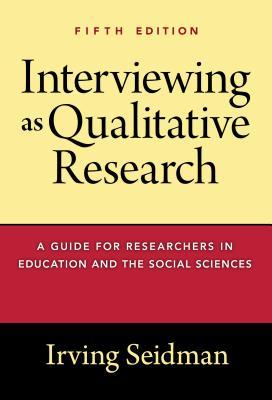This popular text, now in its fifth edition, provides step-by-step guidance for new and experienced researchers who want to use interviewing as a research method. This user-friendly guide explains the rationale for interviewing and the complexity of selecting interview participants, important interviewing techniques, and how to work with the results of interviews. Appropriate for individual and classroom use, this expanded edition includes: a revised assessment of the utility of Computer-Assisted Qualitative Data Analysis systems; contributions by Julie Simpson, the Director of Research Integrity Services at the University of New Hampshire, about preparing research for local Institutional Review Boards; and guidance for obtaining informed consent when using technology to interview, when interviewing abroad, and when hoping to include children as participants.
Book Features:
- Principles and methods that can be adapted to a range of interviewing approaches.
- A clear and inviting presentation appropriate for both individual use and for classes.
- Ideas to help readers analyze and improve their own approach, as well as suggestions for group practice.
- An interviewing technique that stresses listening, with guidance for avoiding leading questions.
- Examples of doctorial students' research demonstrating that interviewing can deal with life and death issues, as well as everyday life.
- Updated references to help readers deepen their understanding of interviewing as qualitative research.
